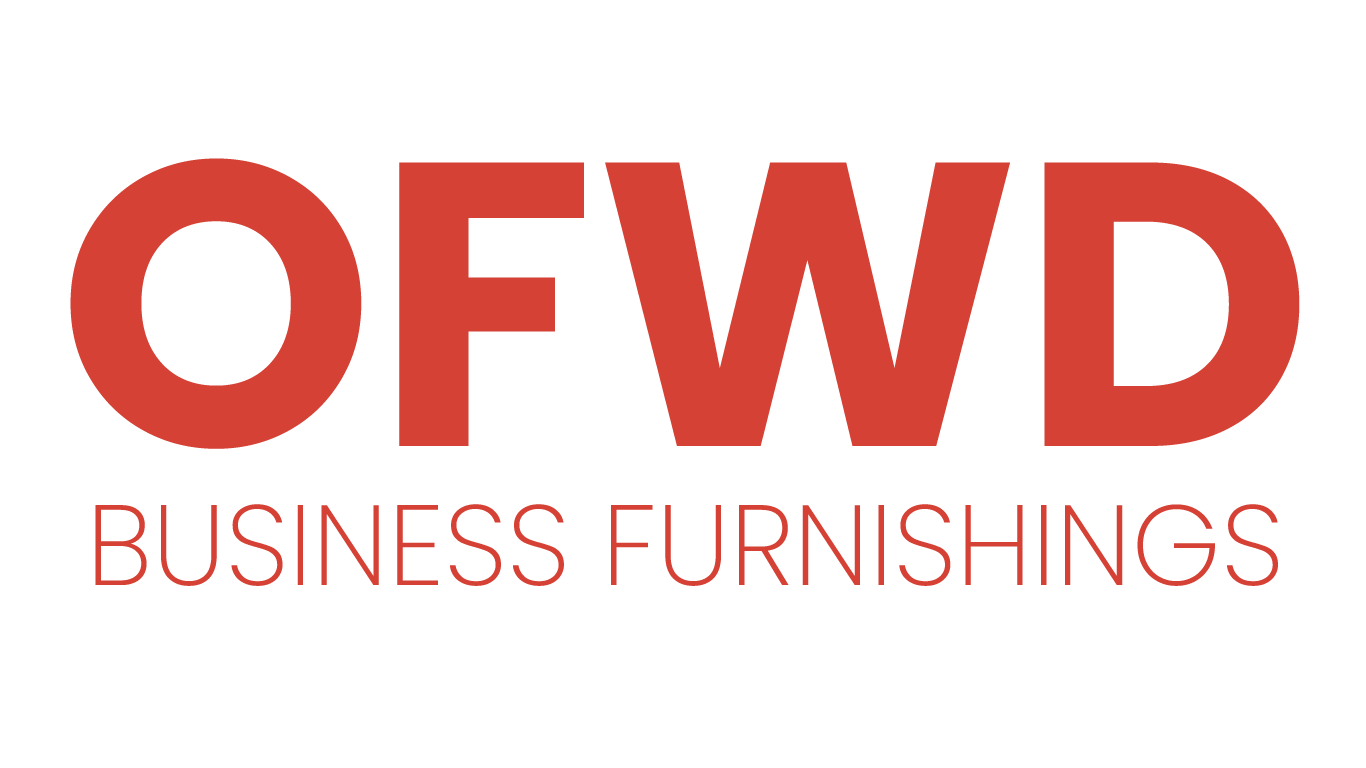Why This Even Matters
If you’ve ever stood up from your desk and felt like you just aged 20 years in the last two hours, you already know sitting wrong catches up to you. It’s not only about comfort; it’s about whether your back and neck will forgive you tomorrow.
And here’s the thing: not all chairs are built the same. Some are made to make sitting feel better (that’s the ergonomic side of things). Others are made because your body actually needs a very specific kind of help, usually after a doctor has told you so (that’s where orthopedic comes in).
Ergonomic Chairs: The Everyday Hero
When people talk about “ergonomic”, they usually mean something adjustable enough to suit different body shapes, heights, and work styles. You can change the seat height so your feet hit the floor right, tilt the back just enough to stretch, and move the armrests so your shoulders stop creeping toward your ears.
They’re made for long sitting hours without wrecking your posture. You’ll find them in offices, home setups, gaming rooms, anywhere people spend half their day parked in a chair. And yes, they help. Proper lumbar support, better circulation, and fewer tension headaches are ergonomic chair benefits that go beyond just “feeling nice”.
Orthopedic Chairs: The Specialist
Now, orthopedic chairs aren’t about “this feels nice for work”. If someone’s dealing with a spinal issue, recovering from surgery, or has chronic pain, these are the chairs that show up.
They usually stick to a specific structure. Firmer cushions. Shapes that force you to sit in a spine-friendly way. Sometimes they’re custom-made, sometimes they’re just very precise in design, but they’re rarely a “one-size-fits-most” kind of purchase, and if they’re prescribed, insurance might even help cover them.
Lining Them Up Side by Side
Here’s the breakdown:
Why they exist
- Ergonomic → Makes sitting healthier and more comfortable in general.
- Orthopedic → Helps manage or fix an actual medical issue.
Adjustability
- Ergonomic → Twist, tilt, raise, lower… you can change a lot.
- Orthopedic → Usually fixed to one person’s needs.
Who they’re for
- Ergonomic → Office workers, remote workers, students, gamers.
- Orthopedic → People with diagnosed back or posture problems.
Price
- Ergonomic → Mid to high range.
- Orthopedic → Higher, sometimes insurance-approved.
How to Pick Between Them
If you’re fine most days but want to avoid problems later, get an ergonomic chair Calgary shops carry and make sure it adjusts well. But if you’re already in pain and it’s the kind that lingers, talk to a doctor before buying. They’ll probably steer you toward orthopedics.
Because here’s the truth: even the best chair for back pain won’t save you if it’s not the right type for your body.
Why the Right Chair Changes Everything
Less slouching. More energy. Better focus. Fewer painkillers. Choosing the right seat can actually mean fewer chiropractor visits, less time stretching in frustration, and more hours feeling like yourself. To be honest, it’s not just your back. Shoulder pain, neck pain, and even headaches can improve when your sitting posture finally lines up with how your spine wants to sit.
Quick Tips Before You Buy
- Sit in it first. No amount of reading specs beats actually trying it.
- Look for good lumbar support, not just “a bump in the backrest”.
- Check the warranty because a solid chair is an investment.
- With ergonomic models, make sure everything adjusts.
- For orthopedic, follow medical advice and check insurance coverage.
Wrapping It Up
Both chairs aim to make you feel better while you sit. One does it by supporting your body in everyday situations (ergonomic). The other focuses on real, sometimes serious, medical needs (orthopedic).
If your body’s in good shape now, keep it that way. Find a comfortable, adjustable seat. If you’re already in pain, get a professional opinion before buying. Either way, you’ll be doing your back a favour.
And if you’re browsing options, you can check out OFWD’s ergonomic office chairs because the right chair isn’t just somewhere to sit; it’s the thing keeping you upright tomorrow.

